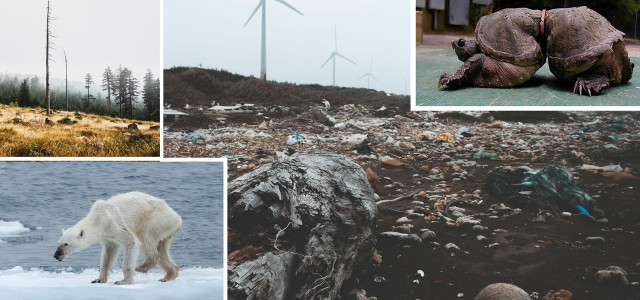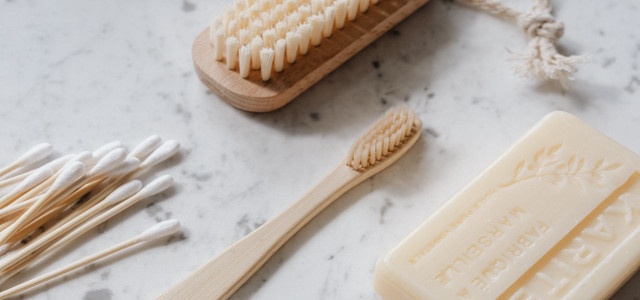Precycling is the simple and sustainable act of preventing waste. Here’s how you can make a difference by saying no to product packaging.
Precycling is a zero-waste approach to consumption which says no to product packaging instead of recycling, reusing, or repurposing it later. Want to learn more about how to combat climate change with precycling? Utopia will show you how.
What is Precycling?
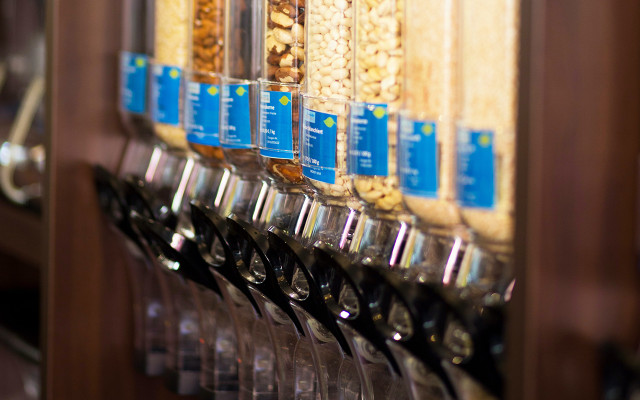
Simply put, the term precycling refers to buying wisely in order to reduce waste. In other words: Instead of figuring out ways to repurpose or reintegrate used materials once they’ve served their purpose, precycling is all about saying no to product packaging in the first place.
Packaging waste poses quite the challenge to industry, policymakers, and consumers alike. Precycling offers an opportunity to add sustainable solutions at the end-of-life stage of the consumption cycle. So how exactly can precycling help?
Effective precycling means mindful consumers know how to avoid packaging waste while manufacturers consciously design, manufacture and dispose of products in such a way that produces as little waste as possible.
Scientists from Germany have set out to learn more about this growing trend and explore its potential. A research group lead by scientists from the Technical University of Berlin and the Wuppertal Institute for Climate, Environment and Energy is currently devoting itself to learning more about packaging prevention.
Utopia’s Tip: Life without Plastic: Easy Tips for Everyone
Why Precycling?
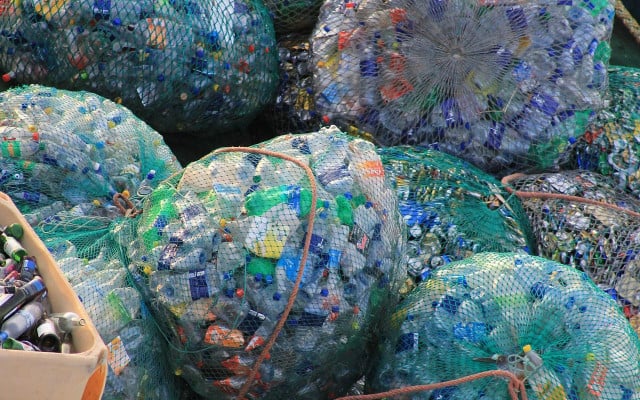


According to the U.S. Environmental Protection Agency (EPA), containers and packaging account for a significant portion of municipal solid waste. A massive 82.2 million tons of packaging found its way into landfills in 2018. Of all landfill garbage produced that year, packaging and containers accounted for a whopping 28.1 percent of total waste generation.
Manufacturers often argue that packaging is essential to protect their product. Airtight plastic packaging keeps food fresh for longer and packing materials help avoid damage during transit. For many products, however, the amount of packaging material goes far beyond its protective function. In reality, many forms of packaging are present in order to make everyday life more convenient for us consumers. Consider pre-portioned foods, added packaging for better dosage, storage, easy transport, or uncomplicated and practical use.
Individually packed cheese slices or the plastic handle attached to cardboard packaging may be practical, but in reality, we would be fine without them.
Precycling not only makes sense from an ecological standpoint, but also from an economic perspective. Product packaging which we don’t produce in the first place…
- …doesn’t consume valuable resources.
- …doesn’t require any energy to produce.
- …doesn’t require any energy to dispose of or recycle.
- …can save the manufacturer money.
- …prevents inevitable downcycling during recycling.
Why do manufacturers use so much packaging? This is hard to say. Pure habit certainly plays a role – both manufacturers and consumers are used to packaging. Furthermore, packaging also serves as a lucrative place for advertising. Plus, there appear to be very few incentives to avoid packaging material in the first place.
Precycling at Home
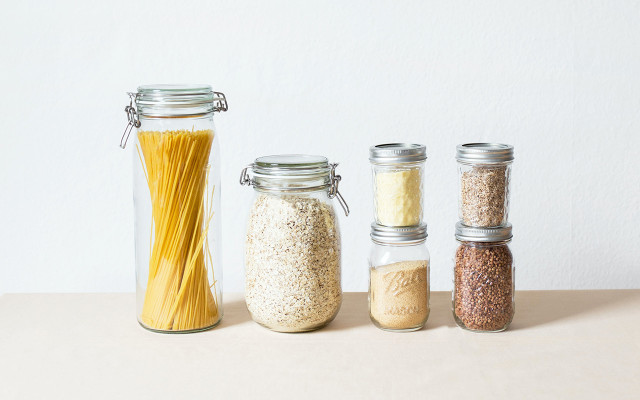


Precycling isn’t just for large corporations. You, too, can control how much unnecessary product packaging you bring into your life and discard once used. Here’s how:
- Always keep one or two reusable bags in your pocket, purse or backpack. Then you won’t need to use or purchase an extra plastic bag when shopping – even if it’s a spur-of-the-moment decision.
- You can find unpackaged food and hygiene products in package-free stores and farmers’ markets. Some organic food stores already have smaller unpacked assortments.
- Plan your grocery run in advance and remember to take clean boxes, bags or empty glass jars with you.
- You can always ask the baker or butcher to put your bread or meats into your own reusable boxes or bags instead of plastic containers or paper bags.
- Skip drinks on the go. Tap water is cheap, package-free and conveniently available right at home. Also read: Tap Water vs. Bottled Water: Is Tap Water Safe To Drink?
- Don’t order too much online. The cardboard boxes, bubble wrap, packing paper and product packaging really add up.
- The best precycling method out there is to buy used. Go with second-hand goods and you can go without new products and packaging.
- Drink your coffee in a café or bring your own reusable mug.
- You can also use your own reusable containers at many takeaway restaurants.
- Use bar soap instead of liquid soap. Tip: 3 Soap Recipes: How to Make Homemade Soap.
- Precycling tips for your Zero Waste Kitchen: Avoid disposable napkins and paper towels and use reusable baking mats instead of aluminum foil or baking paper.
And the list goes on…
Utopia’s Tip: 10 Everyday Green Living Ideas: Sustainability on a Shoestring Budget
Zero Waste Living: The 5 R’s
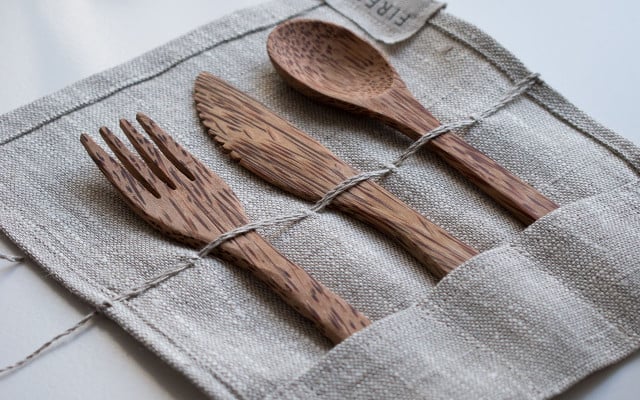


From zero waste products to zero waste travel, precycling is at the core of the zero waste movement.
Leading a zero waste lifestyle is worth it: Waste-free living saves time, money and combats climate change. Plus, saving the planet is simply loads of fun. Here are five rules to live by:
- Refuse certain products altogether if they produce waste.
- Reduce the amount of goods you buy and limit yourself to the abosolute essentials.
- Reuse packaging or give older items a new life.
- Recycle plastics, paper and glass.
- Rot: If you can’t reuse vegetable scraps, let them rot on your compost.
This article has been translated from German to English by Evan Binford. You can view the original here: Precycling: Definition und Tipps für den Alltag.
** Links to retailers marked with ** or underlined orange are partially partner links: If you buy here, you actively support Utopia.org, because we will receive a small part of the sales proceeds. More info.Do you like this post?







